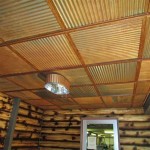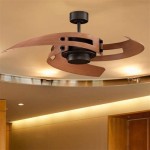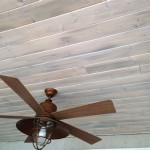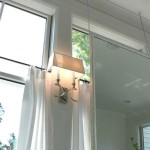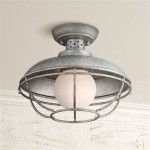Drywall is a popular choice for ceiling installation in both residential and commercial settings. It’s an affordable and effective way to provide a smooth, even surface while also providing sound insulation and fire protection. Drywall can also be used in more traditional settings, offering a timeless look that’s easy to maintain and repair. In this article, we’ll take a look at the advantages of drywall for ceiling installation, tips for completing a successful installation, and tips for proper maintenance and repair.
Advantages of Drywall For Ceiling Installation
The primary advantage of using drywall for ceiling installation is its affordability. It’s an inexpensive material that’s easy to find and install, making it ideal for budget-conscious projects. Drywall also provides a smooth and even surface, which is important for creating a professional look. Additionally, drywall offers excellent sound insulation and fire protection, making it a great choice for both residential and commercial applications.
Tips For A Successful Installation
When installing drywall for ceiling installation, it’s important to make sure the surface is even and free of any debris. This is necessary in order to ensure a secure bond between the drywall and the ceiling. It’s also important to ensure that the drywall sheets are cut to the correct size and properly fastened to the ceiling. Additionally, it’s important to use the appropriate screws and nails when fastening the drywall to the ceiling.
Tips For Proper Maintenance and Repair
In order to ensure that your drywall ceiling looks great for years to come, it’s important to perform regular maintenance and repair. This includes ensuring the drywall is free of any dust or debris, and making sure the seams are sealed and free of any cracks. Additionally, it’s important to check for any sagging or warping, and to make sure the drywall is securely fastened to the ceiling. Finally, it’s important to check the drywall periodically for any signs of water damage.
Conclusion
Drywall is a great choice for ceiling installation in both residential and commercial settings. It’s an affordable and effective way to provide a smooth, even surface while also providing sound insulation and fire protection. When installing drywall for ceiling installation, it’s important to make sure the surface is even and free of any debris, and to use the appropriate screws and nails when fastening the drywall to the ceiling. Additionally, it’s important to perform regular maintenance and repair, including checking for any sagging or warping, and making sure the drywall is securely fastened to the ceiling. With proper installation and maintenance, drywall for ceiling installation can provide years of excellent service.













Related Posts

